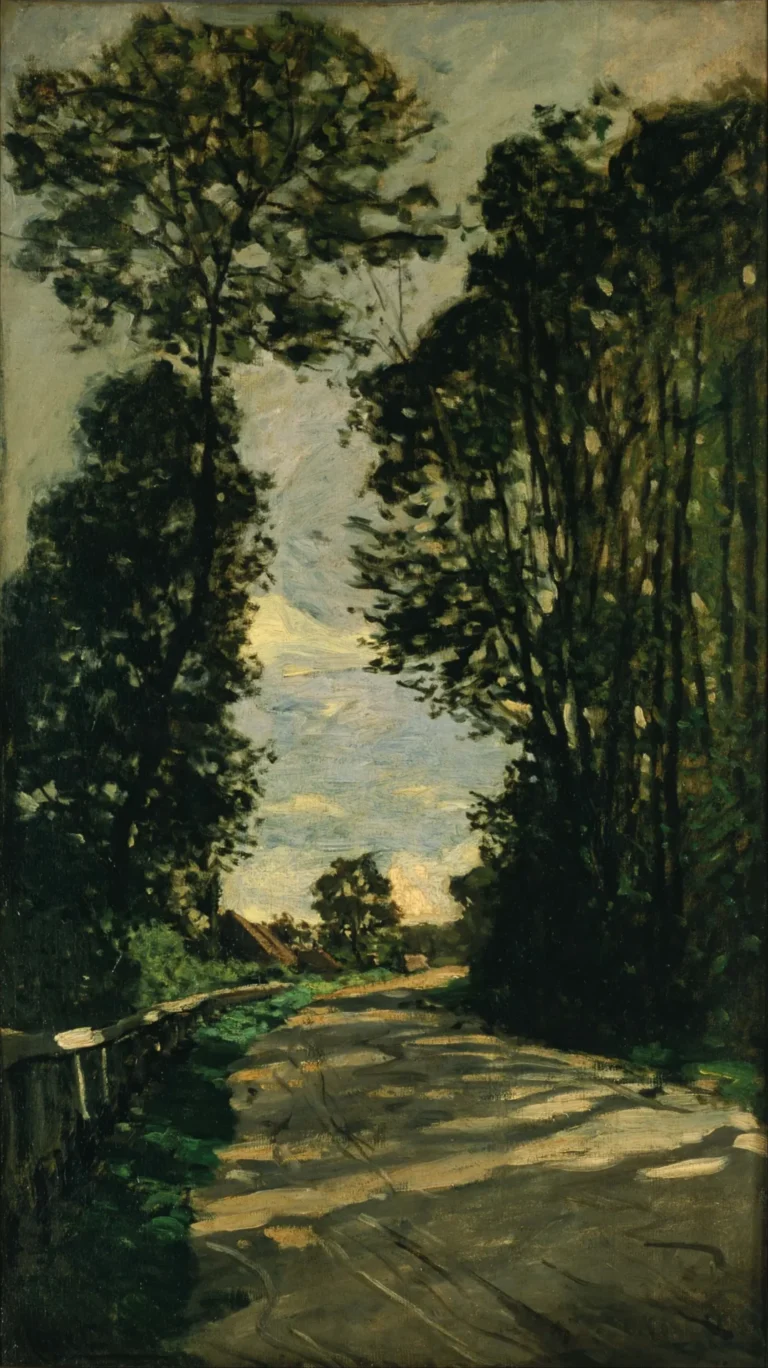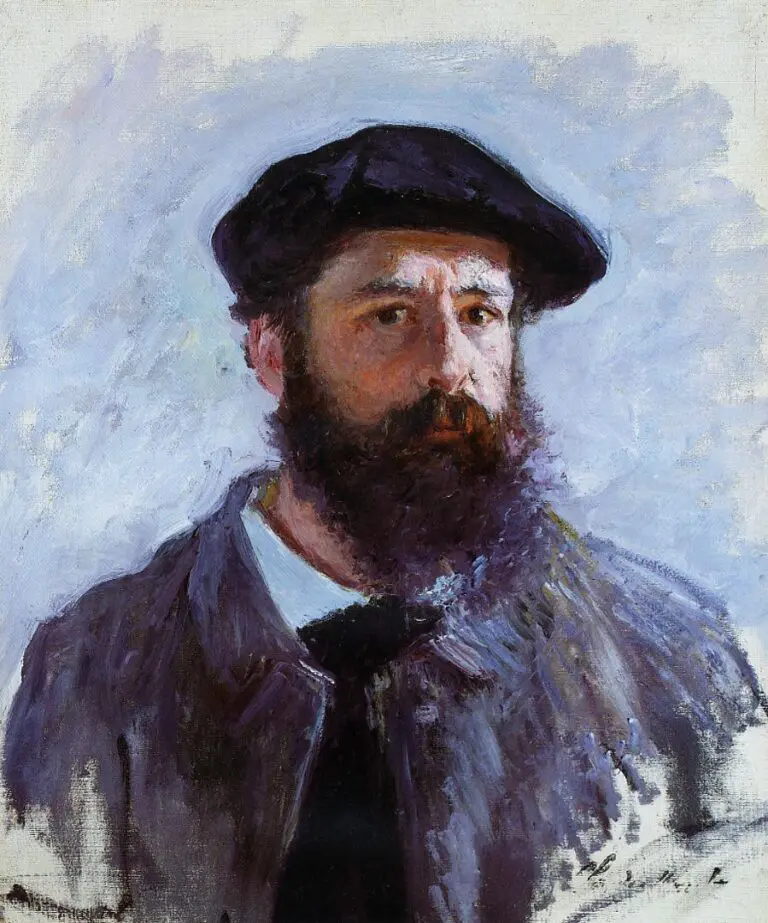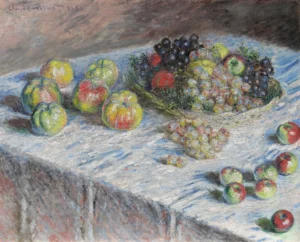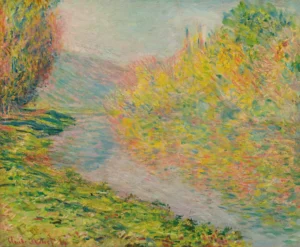Walk (Road of the Farm Saint-Siméon) (1864)
Claude Monet's "Walk (Road of the Farm Saint-Siméon)" is a mesmerizing depiction of a rural path in Normandy, painted during a formative time in the artist’s career. Created between the summer and fall of 1864 while Monet was in Honfleur with fellow artists, the painting is part of a series capturing the essence of the road leading to the Farm Saint-Siméon. This piece reflects Monet's innovative approach to capturing light and landscapes, setting the stage for his future masterpieces in the Impressionist movement.
1864
About the Artwork
Painted in 1864 during his stay in Honfleur, Claude Monet's "Walk (Road of the Farm Saint-Siméon)" captures a moment steeped in artistic camaraderie. Accompanied by fellow artists such as Eugène Boudin and Frédéric Bazille, Monet engaged in exploring the picturesque landscapes of Normandy. This painting is one of at least ten he created portraying the same road, signifying his early investigation into the serial depiction of subjects. Through this work, Monet not only honed his technique but also laid the groundwork for the revolutionary Impressionist movement that would challenge conventional artistic practices. The painting’s journey through various ownerships, including a period of government sequester during World War II, reflects its historical significance, while its current home in Tokyo’s National Museum of Western Art underscores its lasting legacy in the art world.
Did You Know
Liked what you see? Add it to your collection.
Enjoyed reading? Share it.
... continued
Creation and Context
Monet painted this work during his stay in Honfleur, Normandy, from the summer to the fall of 1864. He was accompanied by other artists, including Eugène Boudin, Johan Jongkind, and Frédéric Bazille, who were influential in his early career.
Subject and Series
The painting is part of a series where Monet depicted the road leading to the Farm Saint-Siméon. He painted at least ten views of this road between 1864 and 1867, which is considered one of his first serial investigations of a subject.
Technique and Dimensions
The painting is executed in oil on canvas and measures 816 mm in height and 464 mm in width.
Provenance
The painting has had several owners and has been part of different collections. It was once owned by Kojiro Matsukata, then sequestered by the French Government in 1944, and later returned to Japan in 1959. It is now part of the collection at the National Museum of Western Art in Tokyo.
Signature and Authentication
The painting is signed by Monet in the lower left corner.
Public Domain
As the painting was created in 1864, it is now in the public domain, and faithful photographic reproductions of the work are also considered to be in the public domain.










